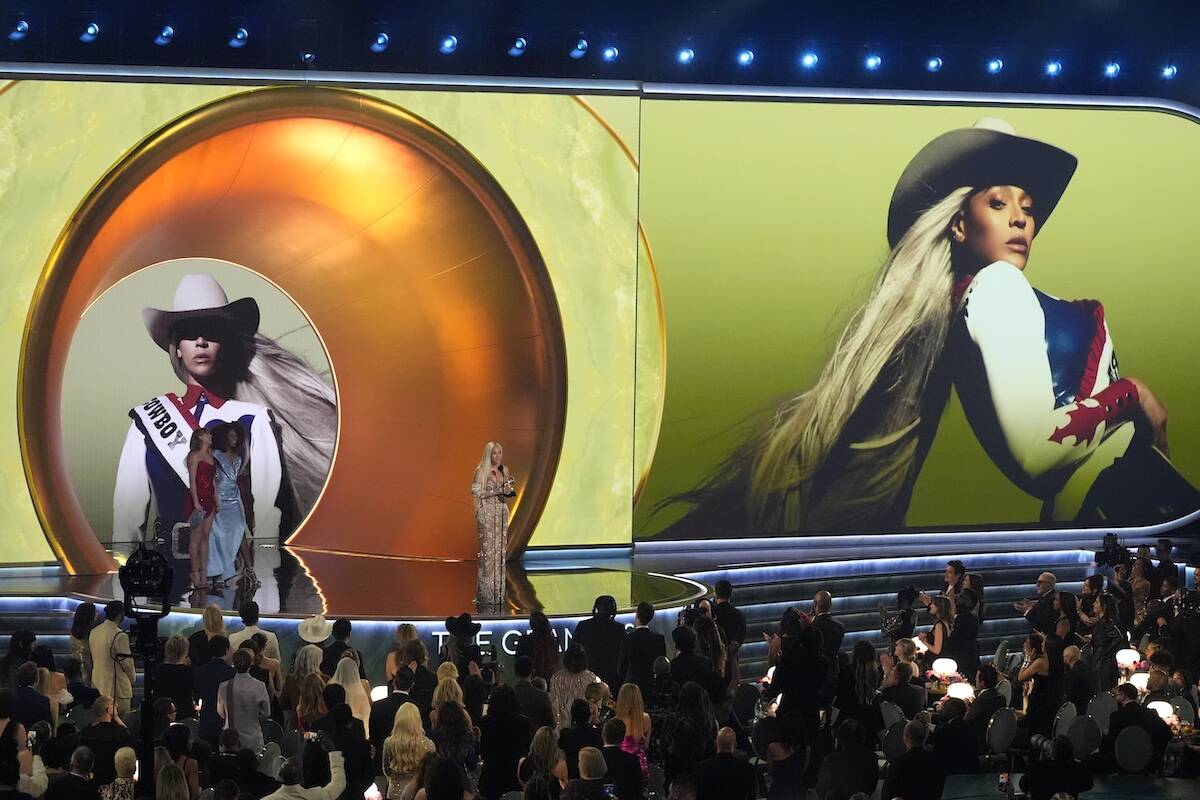Can you still get a ticket to see Beyoncé?
Beyoncé’s “Cowboy Carter Tour” is not going to sell out Friday or Saturday night at Allegiant Stadium. Expect her to run 80 to 85 percent capacity.
Tickets for both shows are still offered on Ticketmaster and will be through show time. The nosebleed prices have been as low as $100 through the week, up to about $1,000 for sections closest to the stage. The GA, Buckin’ Honey pit in front of those seated areas had been offered at $600 to $700 early this week, but sold out as of Thursday afternoon.
But don’t fret for Bey. She will pull a profit.
From the start, Beyoncé’s team has priced her tickets comparatively high for this U.S. tour. The price point for front-row seats at Allegiant Stadium was between $800 and $900 when the show went on public sale in March. Those prices were considered true market value for the ticket.
The strategy has been it is more cost-effective to sell Allegiant at 80-85 percent twice than run a total sellout once. Beyoncé’s prices are closer to secondary-market rates than, for example, Taylor Swift’s opening face-value prices for her “Eras Tour.” Her original prices for front-row seats were $390 to $425, but ballooned to between $3,000 and $,5000 on the secondary market.
The Ticketmaster interactive seat maps for “Cowboy Carter” show blue dots and pink dots among available seats. Blue are the seats unsold on the Ticketmaster platform. Pink are those that have been previously purchased, and are up for resale.
The Ticketmaster blue seat prices are consistently lower than the pinks. Example: A blue-dot seat in the premium B4 section for Friday’s show runs about $950. A pink-dot, resale seat in the same section is running $2,340. The majority of nosebleed seats are pink dots, roughly $50 more per ticket than the unsold blue dots. Fans should check the blue seats before the pinks for better value.
From the start, Beyoncé’s team has set the “Cowboy Carter” tickets closer to what the secondary market would command. Revenue from tickets sold on such primary sites as Ticketmaster and AXS include payments to the venue and promoter, along with the artist.
Secondary-market revenue goes directly to the site operators. None of it goes to the artists.
The result is higher prices at face value, but openings for purchase on primary sites close to show time. That’s what’s happening with “Cowboy Carter.”
John Katsilometes’ column runs daily in the A section. Contact him at jkatsilometes@reviewjournal.com.Follow @johnnykats on X, @JohnnyKats1 on Instagram.















